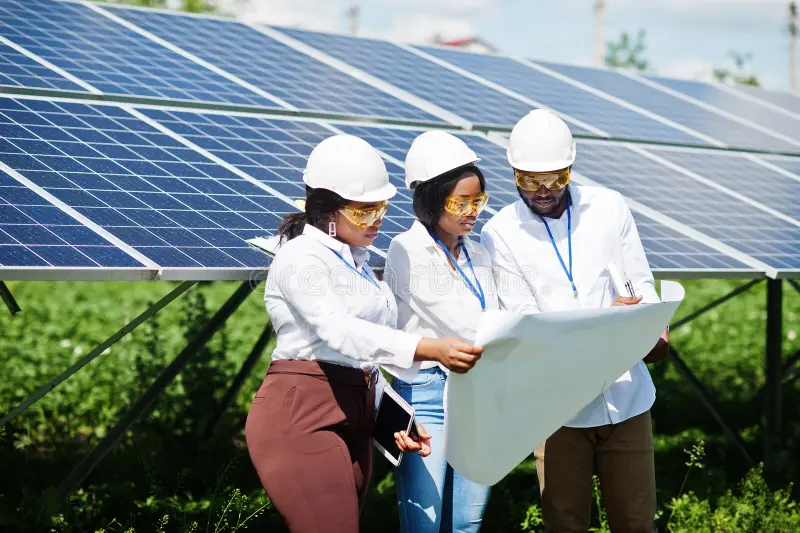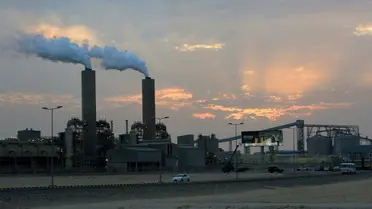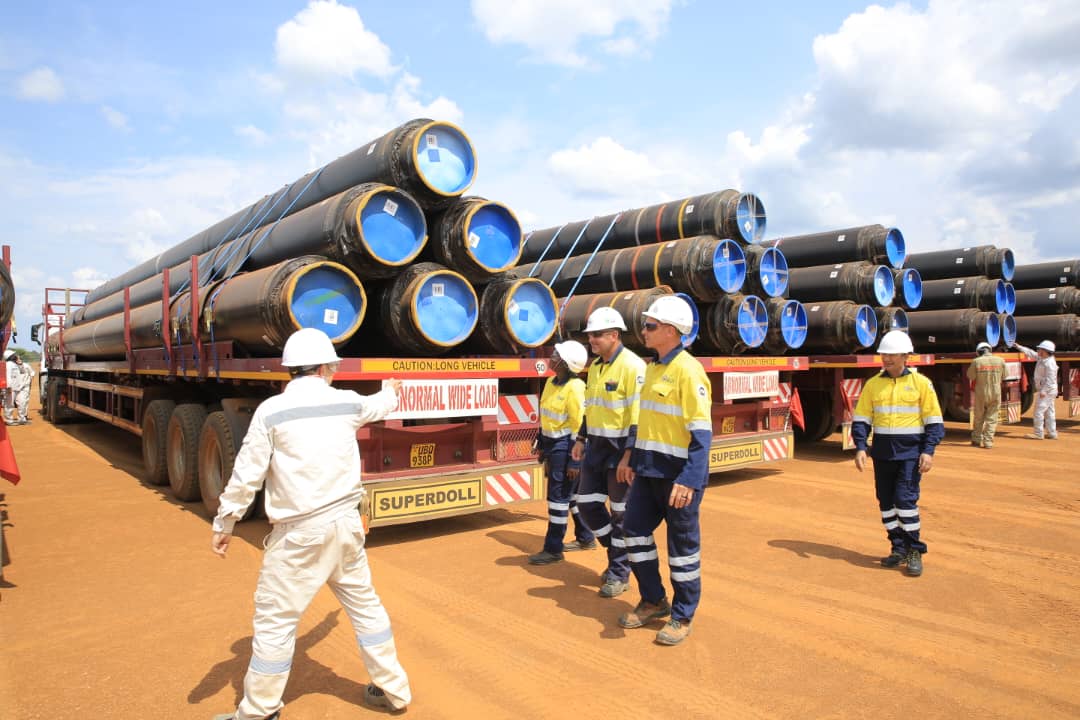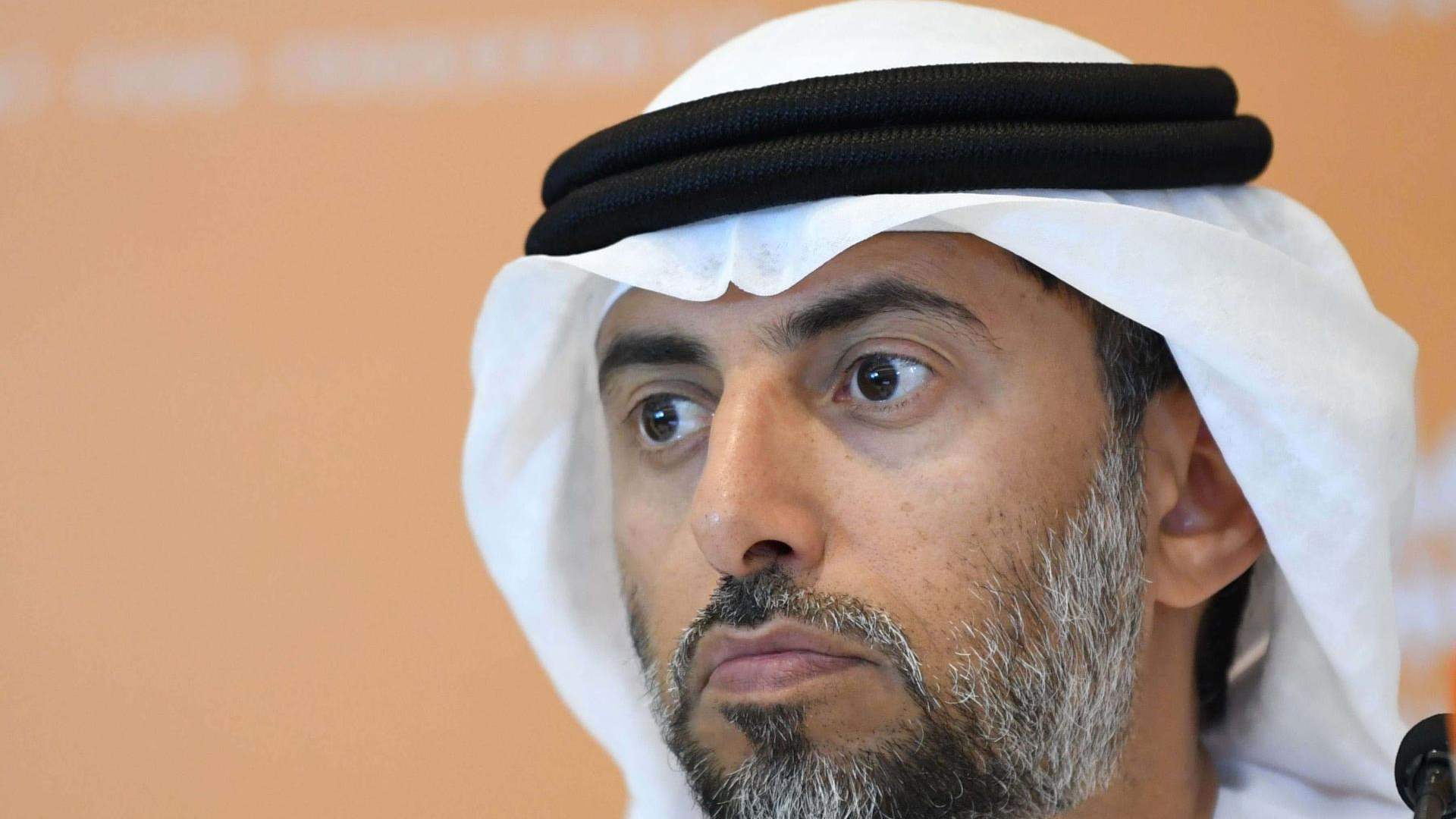Distribution

Kenya: The Rise of Green Mini-Grids - How Community-Based Solar Projects Are Electrifying Kenya's Last Mile
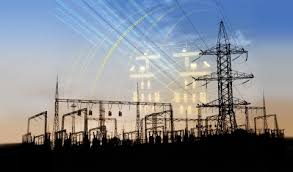
In the shadow of Kenya's rapid urbanization lies a persistent challenge: nearly 30% of our population still lacks reliable access to electricity. While national grid expansion continues, the geography and economics of connecting remote communities present formidable obstacles. Yet, across our beautiful country, a quiet revolution is taking place through community-based solar-powered mini-grids - a solution that LITES has championed for the past decade.
Historically, extending the national grid to remote areas has been both logistically challenging and economically prohibitive. The vast distances and dispersed populations made traditional electrification methods unfeasible. However, the advent of renewable energy technologies, particularly solar photovoltaics, has provided a sustainable and cost-effective alternative.
Green mini-grids are decentralized energy systems that generate electricity from renewable sources, primarily solar and wind, and distribute it within a localized network. These systems are tailored to meet the specific needs of communities, ensuring reliable and affordable power supply. By harnessing the abundant wind and solar energy, these mini-grids reduce dependence on fossil fuels, decrease greenhouse gas emissions, and promote environmental stewardship.
The impact of these projects on rural communities is profound. Access to electricity extends productive hours, enabling businesses to operate beyond daylight and increasing economic activities. Educational institutions benefit from improved lighting and access to digital resources, enhancing learning outcomes. Healthcare facilities can now power essential medical equipment, store vaccines safely, and provide better services to residents.
A notable example is the Kalobeyei Integrated Settlement in Turkana County. Established in 2015 to alleviate congestion in the Kakuma Refugee Camps, Kalobeyei faced significant energy challenges. Residents relied on kerosene lamps and diesel generators, which were not only expensive but also posed health and environmental risks. In response, a solar mini-grid was commissioned in 2019, initially providing 60 kilowatt-peak (kWp) of power to approximately 500 customers. Recognizing the growing demand, the solar plant was expanded in 2022 to an installed capacity of 541 kilowatts-peak (kWp) coupled with a 1.1 MWh Battery Energy Storage System, now serving over 2,700 customers, including households, businesses, and institutions. This expansion has revitalized the local economy, improved security through better lighting, and enhanced the overall quality of life for both refugees and host communities.
Traditional electricity infrastructure requires substantial investment. For many rural communities scattered across our diverse landscape, from the shores of Lake Victoria to the arid regions of Northeastern Kenya, this approach is financially unfeasible.
What's particularly striking is how quickly economic transformation occurs once reliable electricity is provided. A recent study by the Kenya Renewable Energy Association found that household incomes increased by an average of 27% within the first year of mini-grid connection, primarily through extended business hours and new economic activities.
Perhaps the most revolutionary aspect of these systems is the shift in community identity - from passive electricity consumers to active energy producers and managers. This participatory approach ensures long-term sustainability while building valuable technical and governance capacity within the community. Young people who previously might have migrated to urban centers are finding opportunities in installation, maintenance, and mini-grid management.
Kenya's progressive energy policies, particularly the 2019 Energy Act and subsequent mini-grid regulations, have created an enabling environment for these innovations. However, more can be done to accelerate deployment. We need simplified licensing procedures for small-scale systems, results-based financing to reduce initial capital costs, and technical standardization to ensure quality and interoperability. The potential impact is enormous - Kenya could realistically achieve 100% electricity access by 2030 if we embrace mini-grids as a complementary approach to traditional grid extension.
At Laser Infrastructure & Technology Solutions (LITES), we are proud to contribute to this transformative journey. Our expertise in renewable energy solutions, including solar photovoltaic systems, smart energy meters, and energy audit services, positions us at the forefront of Kenya's green energy revolution. We collaborate closely with communities, understanding their unique needs and delivering customized solutions that foster economic growth and environmental sustainability.
The rise of green mini-grids is more than just an energy solution; it's a catalyst for social and economic transformation. By empowering communities with clean, reliable, and affordable electricity, we are lighting up homes, fuelling aspirations, and paving the way for a brighter, sustainable future for all Kenyans.
As we look ahead, we envision an integrated energy landscape where mini-grids initially serve isolated communities but eventually interconnect with the national grid as it expands. This "grid-compatible" approach ensures that investments made today will remain valuable components of tomorrow's energy infrastructure.



